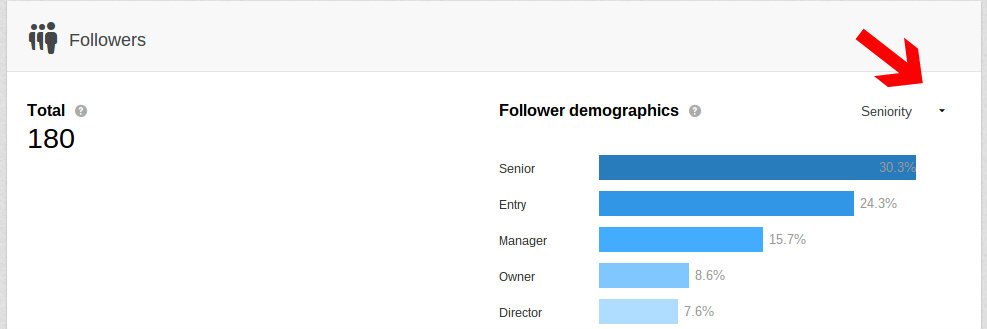4 Ways Technology Should Change Your Media Planning
It’s no secret that people are changing the way they interact with TV, print, and radio, but what can’t be emphasized enough is that your effectiveness at reaching the right audience can get better with new technology to research, measure, and implement your media planning. While the following suggestions may appear to be “media planning 101” at first glance, keep reading because I’ll show you how to use technology to make your research, planning, and buying more effective.
Media Planning Tip #1: Research vs. Testing
When Seinfeld was introduced to a test group in 1989, the feedback was so negative that the network almost didn’t run the show. Since then numerous studies have proven that often we don’t really know what we want and we can’t even accurately predict what we’ll like when we have limited sensory information.
With that being said, I recommend demographic research rather than testing to determine how to target your media planning. But don’t spend thousands to find out how large your audience is and who they are. One simple way to learn more about your target audience is through collateral that you have most likely already invested in. Facebook (or Linkedin). Here is an example of the type of data your Facebook analytics can provide:

If you have a company profile, your Linkedin Analytics will look like this (the red arrow shows a dropdown box that will give you more data):

Media Planning Tip #2: Define Your Audience
While working with Gatorade, we based the campaign off of what the data was showing- young people were drinking different sports drinks. This helped us paint a clear picture of our audience. Our “just wrong” campaign was aimed at the tween market who had been using these cheaper, dehydrating alternatives. The message would have been very different if we had been targeting a different audience, such as the parents of tweens.
Using insights from Facebook and Linkedin like we did above, be sure to lay out who you’re targeting before you begin developing creative or placing your ad buys.

Media Planning Tip #3: Timing. Timing. Timing.
Your goldfish has a longer attention span than your audience. A 2013 study found that the average length of time we pay attention is now 8 seconds. A goldfish’s is 9.
This information should make you re-think the way you approach your creative. First, captivate your audience right away with a compelling story. Second, make your brand or product more memorable by making your logo, slogan, or jingle stand out from the ad or copy. Finally, know when and where your audience consumes a given media and be sure to consider if that is the same place where they will make their buying decision.
If you’re purchasing TV spots, try putting your commercial on YouTube first. Their free analytics let you gauge audience response and interest in the story you’ve created before you spend thousands on a media buy. K-Mart’s ‘Ship Your Pants’ ad is a great example of this. The clever ad racked up over 1 million views before it ever showed up on TV. Here is a blank example of YouTube analytics:

Media Planning Tip #4: Use Successful Competitors Only as a Guide
In a study published in part by the Harvard Business Review, respondents said that in 87% of CPG categories, brands were becoming LESS distinct. Could part of that be because of brand’s aversion to testing creative advertising that is distinctly different from their competitors? Don’t be restricted to the same level of success as your competitors by copying them. Maybe they received a lot of attention for a creative print ad, but perhaps yours will generate even more buzz.
While there are currently no low-cost options (that I’m aware of) allowing you to track radio, print, or TV buys, you can always ask your account rep at each station for some competitive insights. Online tools like TrackMaven or Follow.net, however, will give you actionable insights into your competitor’s digital spending, creative, and results. This gives you a jumping off point to determine their traditional media spend.
Have any questions or tips about media planning? I’d love to hear from you. If you’re interested in working with the Caprola Squad advertising agency, contact hello@caprolasquad.com at (314) 588-8900. And as always, #KeepItCurrent!


